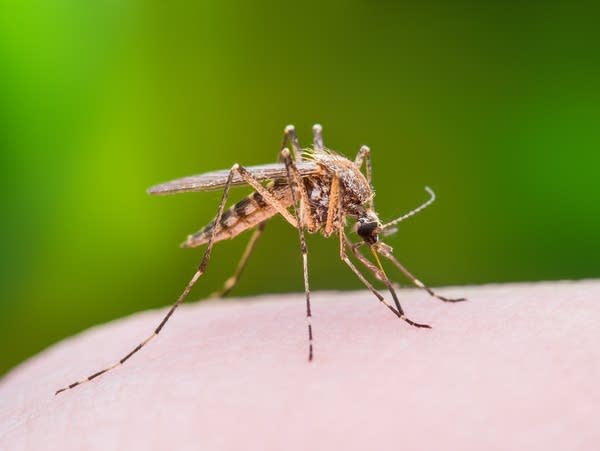Number of human-biting mosquitoes in Twin Cities is low — for now

Do you hear that buzz? It's a mosquito!
Getty Images
Go Deeper.
Create an account or log in to save stories.
Like this?
Thanks for liking this story! We have added it to a list of your favorite stories.


